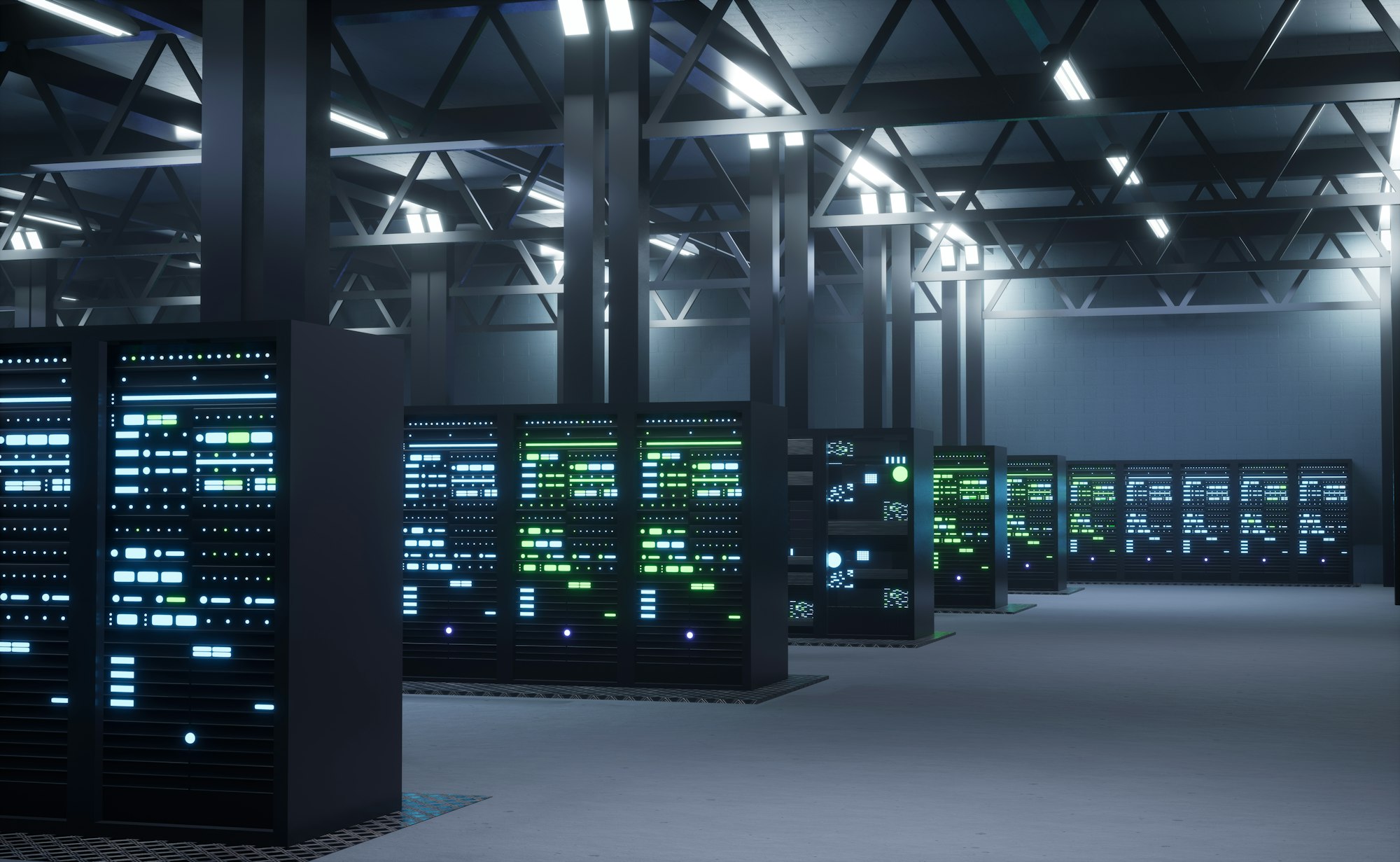Welcome to the New Age of AI Computing
Meet Eos, NVIDIA’s newest supercomputer and a game changer in the world of AI. Think of Eos not just as another supercomputer, but as a revolution in how we do AI work. It’s built with 576 NVIDIA DGX H100 stations and has this super-fast network setup called NVIDIA Quantum-2 InfiniBand. Basically, it’s designed to make AI development faster and more efficient.

Inside Eos: The Heart of the Beast
Eos is a powerhouse with a capability of 18.4 exaflops of FP8 AI performance. That’s tech-speak for “it’s really fast at AI tasks.” It has 4,608 NVIDIA H100 Tensor Core GPUs spread across its systems, which means it can handle huge AI projects, like those massive chatbots or complex simulations, really well.
What Makes Eos Special?
What’s cool about Eos isn’t just its big numbers; it’s about what it can do. It’s built to handle the really complicated AI tasks that researchers and companies are working on today—everything from creating smarter AI chatbots to simulating new drug formulas. NVIDIA has built Eos to be the ultimate tool for these big, complicated projects.
Eos: Not Just a Supercomputer, But an AI Factory
Eos is described as an “AI factory” because it’s not just about crunching numbers—it’s about building AI models on a massive scale. It has all these top-notch tools and software from NVIDIA that make it perfect for businesses that want to dive deep into AI, making it faster and easier for them to get their projects done.
Making AI Development Easier
NVIDIA’s Eos is about making the tough job of developing AI applications a lot simpler. It’s got super-fast data transfer capabilities, thanks to its fancy networking technology, which means it can move huge amounts of data around quickly. This is key for training complex AI models. Essentially, Eos is like a one-stop shop for handling big data and AI projects, opening up new possibilities for what we can do with AI.
Discover NVIDIA’s Eos: a top-tier supercomputer changing the AI game with its incredible speed and capacity for large-scale AI projects. See how Eos is making a difference for businesses and the AI world.

Frequently Asked Questions (FAQs) about NVIDIA’s Eos Supercomputer
1. What is NVIDIA’s Eos supercomputer?
Eos is NVIDIA’s latest supercomputing innovation, designed specifically for advancing AI research and applications. It integrates 576 NVIDIA DGX H100 stations and utilizes NVIDIA Quantum-2 InfiniBand networking, making it a powerful tool for data-center-scale computational tasks. It’s not just a supercomputer; it’s an AI development powerhouse.
2. How powerful is Eos?
Eos boasts an impressive 18.4 exaflops of FP8 AI performance, thanks to its assembly of 4,608 NVIDIA H100 Tensor Core GPUs. This level of performance positions Eos as a leading computational force for AI tasks, capable of handling extremely large and complex AI models and simulations.
3. What makes Eos different from other supercomputers?
What sets Eos apart is its designation as an AI factory, optimized for the development and training of large-scale AI models. It’s equipped with advanced networking and processing capabilities, alongside NVIDIA’s high-end applications, to support the efficient construction of AI technologies. This focus on AI workload optimization makes Eos uniquely suited for cutting-edge AI research and development.
4. How does Eos benefit AI development?
Eos significantly reduces the time and resources needed for AI development by providing a high-speed, integrated system capable of managing and processing massive datasets. Its architecture is designed for high-throughput, low-latency communication, which is essential for training sophisticated AI models. This makes Eos a pivotal platform for businesses and researchers aiming to accelerate their AI projects.
5. Can Eos be used for applications outside of AI?
While Eos is specifically optimized for AI workloads, its computational power and advanced networking capabilities make it versatile enough for a wide range of scientific and research applications. This includes areas like quantum simulations, drug research, and autonomous machine development, where large-scale data processing and model training are crucial.
Sources Aithority


